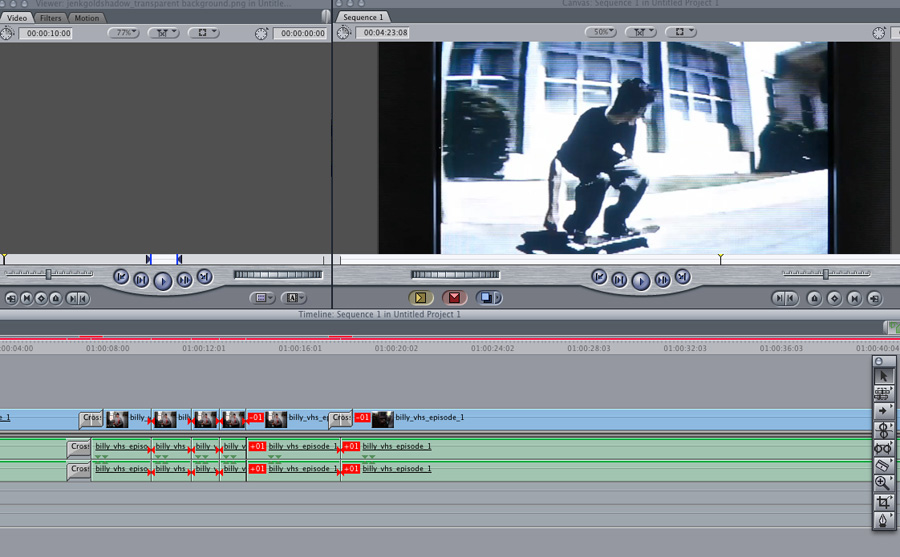
The medium of the skate video has undergone radical changes in the last ten years. When I was a 13 year-old skate nerd, I never dreamed that there’d be a future where I could watch new gnarly skate footage every single day. I would have been stoked out of my face. With the “Youtube-ification” of skate videos, however, there is a catch.
Most edits (most, not all) are thrown together quickly in order to keep pace with the constant demand for new footage. In a lot of ways, skateboarders have become poster children for instant gratification, and our culture has always had a fairly short collective attention span. If your company isn’t putting out new videos on a regular basis to promote your riders and your product, it is a safe bet that you will get lost in the rising tide of coverage that is already out there.
”Maybe now is the time to fully embrace the collaborative spirit in our skateboarding culture.”
From the other side of things, skateboarding is growing and evolving so quickly that skateboarders themselves are often in a rush to get their footage out into the world. What is the point of killing yourself to get a back tail on an eleven-stair-rail, if Jimmy Handrail does a kickflip back tail at the same spot, and then his footage comes out first?
What we get at the end of the day is a huge amount of skateboarding footage and coverage, without a whole lot of artistic integrity behind the editing process. In short: quantity over quality has become (largely) the norm. But there is always hope.
Perhaps as a sort of backlash to these hastily thrown together videos, a movement seems to have emerged wherein skate footage is saved from its boring promotional fate, and re-mixed or re-edited by individuals who seem to really get what skate videos are all about. Manolo’s Tapes have become so popular that skateboard companies are starting to catch on. According to DGK’s Youtube channel: “DGK wanted our favorite remixer, Manolo, to put his spin on Parental Advisory. It will be playing exclusively on Hellaclips.com on January 6th, 2014. Mark your calendars!” It is a damn good re-mix, too. Also, anyone who pays close attention to skateboarding knows that Quartersnacks has been making amazing re-edits of skate video parts for years. The Quartersnacks re-mix of Forrest Edwards’ part in particular is a work of genius.
”There is an opportunity right now to foster a community of people that could be tomorrow’s skate video auteurs.”
A question emerges from all of this; what is the role of the re-mixer in skateboarding? Is it a hobby of little consequence, or is it a sign of things to come? Let’s think about movies for a minute, and I mean the classics: the rottentomatoes.com darlings. Everyone knows that behind these pieces of cinematic art are great actors, cinematographers, directors, and editors. The same can be said of skate videos. Obviously instead of actors we have skateboarders, but in skateboarding today the jobs of cinematographer, director, and editor are usually hats being worn by just one person. This can often be a great thing. There have been lots of people who have worn all three hats and done a fantastic job, and changed the medium of the skate video while doing it. But things are changing, and quickly. Maybe now is the time to fully embrace the collaborative spirit in our skateboarding culture.
There is an opportunity right now to foster a community of people that could be tomorrow’s skate video auteurs. Perhaps after companies release their promotional skate edits, the raw footage should be made available to editors all over the world. In this scenario, everyone wins. The companies still get to release their promo video (maybe with a grace period in which nobody else has access to the skate footage), and then when the raw footage is released, the re-editors and re-mixers of the skateboard world have the opportunity to show the community what they can do.
The companies win, because when the re-edits do emerge, it just means more exposure for their rider (and by extension, their brand). The skateboarders win because more coverage and more exposure will make them a more valuable presence in skateboarding. The re-editors also win, because with more raw footage to work with, they have more opportunity to showcase their unsung talents.
”There will be a new generation of skate videos that are once again the results of a labor of love, rather than the result of a deadline.”
But ultimately (and most importantly), skateboarding as a whole and as a culture will win. We will be creating a new niche of artistic expression within our culture. New talented individuals (who don’t necessarily have access to five-figure HD video cameras) will be discovered. There will also be a new generation of skate videos that are once again the results of a labor of love, rather than the result of a deadline. And to any of those board meeting-suit wearing-guys who are reading this: hell, there might even be a way to make money off of it.
Related Posts
Comments
Popular
-
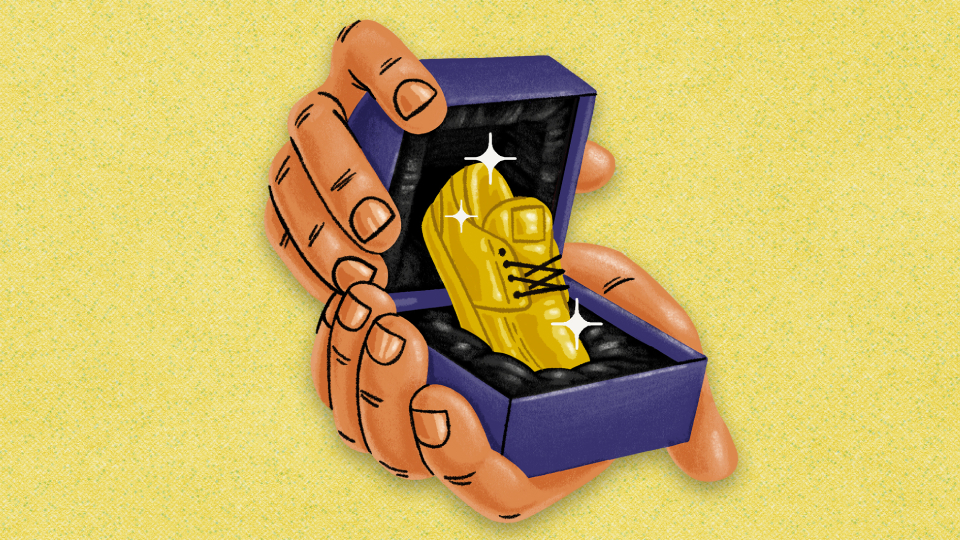 THE RISE AND FALL OF PRO MODEL SKATE SHOES
THE RISE AND FALL OF PRO MODEL SKATE SHOES
While there are still some exceptions, the signature shoe has largely evaporated from the skateboard industry. But, why?
-
 A CHAT WITH LUDVIG HAKANSSON, THE OLDEST SOUL IN SKATEBOARDING
A CHAT WITH LUDVIG HAKANSSON, THE OLDEST SOUL IN SKATEBOARDING
The man loves to read Nietzche, skates in some expensive vintage gear, and paints in his own neoclassical-meets-abstract-expressionist style.
-
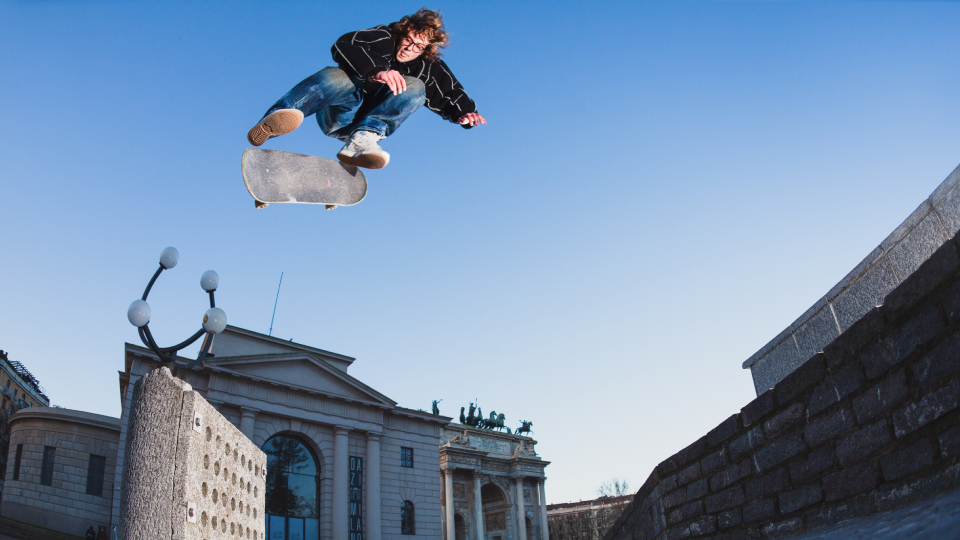 A LOOK THROUGH THE GLASSES OF VINCE PALMER, AKA CHICKEN LITTLE
A LOOK THROUGH THE GLASSES OF VINCE PALMER, AKA CHICKEN LITTLE
Get to know the 18-year-old German repping Baker and Supreme in Milan.
-
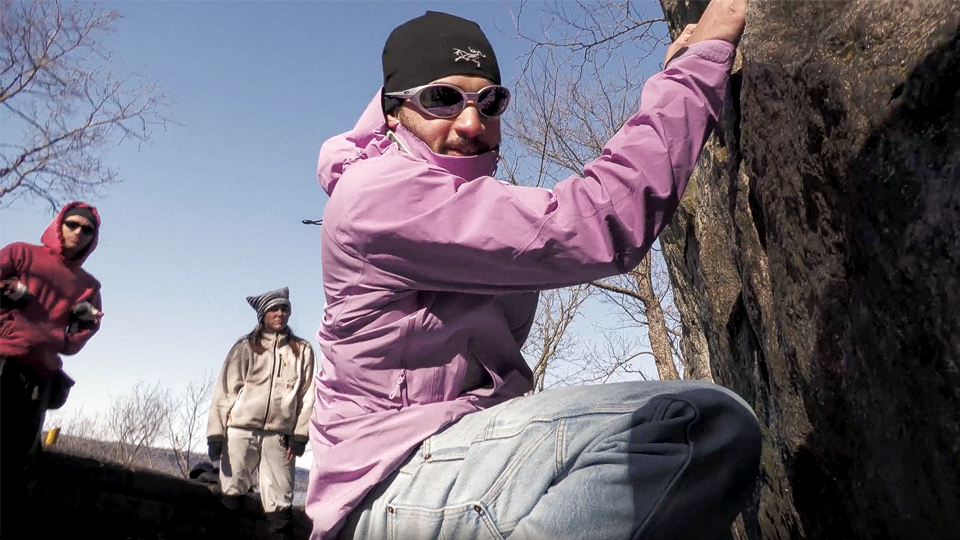 WHO ARE THE SKATERS RESURRECTING ROCK CLIMBING IN UPPER MANHATTAN?
WHO ARE THE SKATERS RESURRECTING ROCK CLIMBING IN UPPER MANHATTAN?
We met up with Joel Popoteur, an employee at Supreme and long-time skater to learn about his outdoor movement.
-
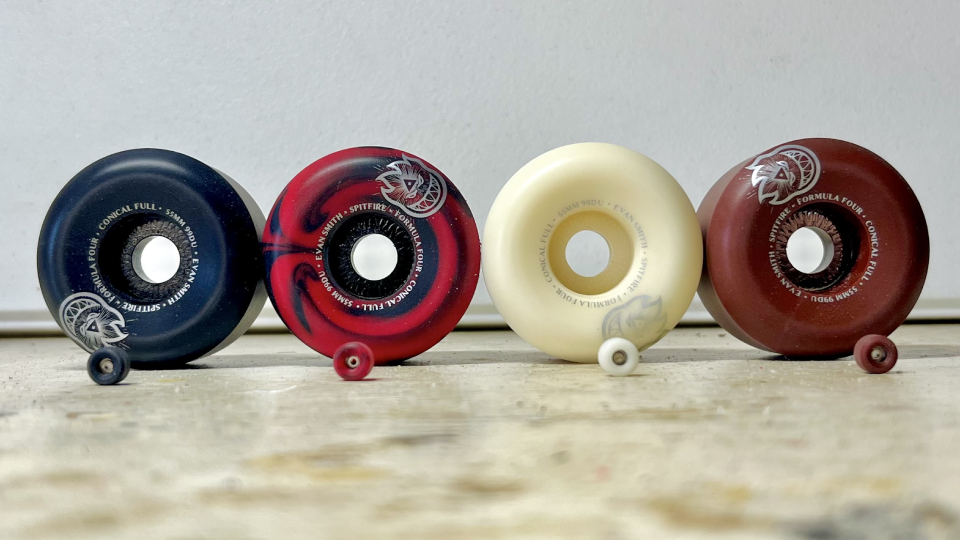 GOT OLD WHEELS? THIS GUY IS MAKING MINI FINGERBOARD REPLICAS WITH THEM
GOT OLD WHEELS? THIS GUY IS MAKING MINI FINGERBOARD REPLICAS WITH THEM
Honey, I Shrunk The Spitfires.

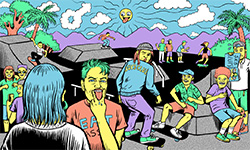
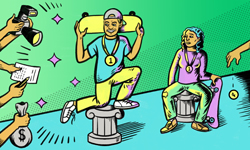






May 30, 2014 6:05 am
Really interesting approach! Would love to see that happen! As an editor I would love to get my hands on Evan Smith’s footy and save it from those horrendous Chris Ray / His own music – turdedits.
January 6, 2016 6:11 pm
Don’t get me wrong,l reedits are great and good stuff sometimes good stuff come out of it. I agree with most of what you said. But making available raw footage after the skateboarding brands’ video release doesn’t not solve some of the problems you’ve mentioned. The main problem with your view is that, even though you mention film you forget that despite a movie being filmed, edited by different persons there is one artistic view. The view of the director, that controls (or should control) all the process of the film. By thinking that the future of skate videos lays on some genius editor who can get there hands on raw footage (don’t forget that raw doesn’t mean neutral) overlooks the main problem you’ve talked about: The lack of artistic integrity. Editing can do miracles but the artistic integrity is set on all parts of the process (including the skating and the filming). The problem is that the majority of skateboarders are fed skate videos in a branding mode. Supported by the companies whose main goal is not to make an work of art but rather a big comercial. I think that is the main reason why in the last couple of years independent skate films have been the best to come out there.
Nevertheless the biggest problem is the one you mention:
“skateboarders have become poster children for instant gratification, and our culture has always had a fairly short collective attention span.”
There is no simple solution for this but the so called “press” has to be more engaged and probably give more relevance to the ones who have that artistic integrity and forget about the quick fix of that crazy instagram trick.